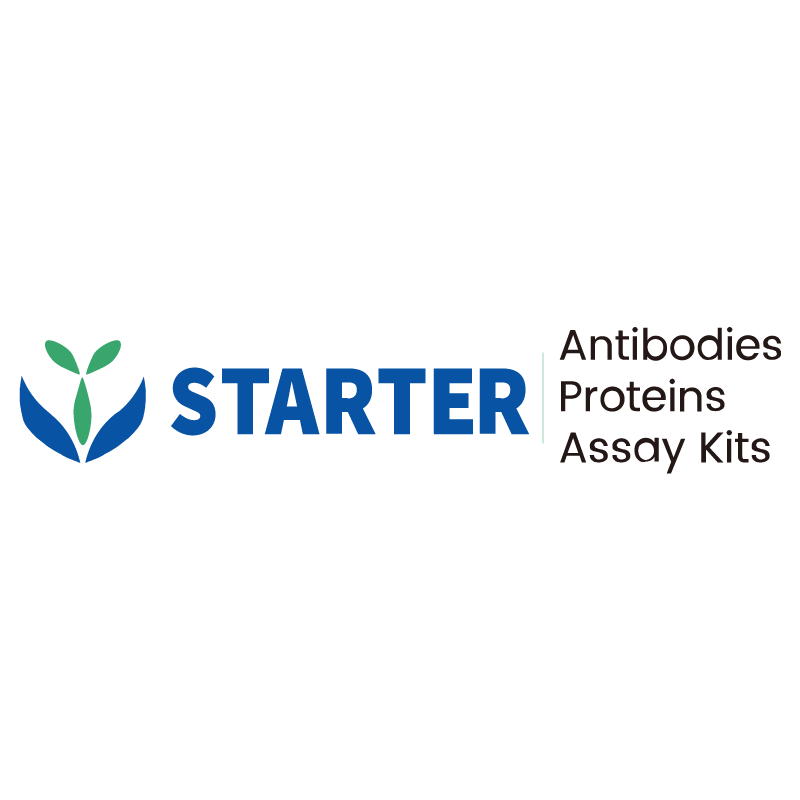Flow cytometric analysis of 293T (Human embryonic kidney epithelial cell, Left) / Raji (Human Burkitt's lymphoma B lymphocyte, Right) labelling CD80 antibody at 1/200 dilution (1 μg) / (Red) compared with a Mouse IgG1, κ Isotype control (Black) and an unlabelled control (cells without incubation with primary antibody and secondary antibody) (Blue). Goat Anti - Mouse IgG Alexa Fluor® 488 was used as the secondary antibody. Negative control: 293T
Product Details
Product Details
Product Specification
| Host | Mouse |
| Antigen | CD80 |
| Synonyms | T-lymphocyte activation antigen CD80; Activation B7-1 antigen; BB1; CTLA-4 counter-receptor B7.1 (B7); CD28LG; CD28LG1; LAB7 |
| Location | Cell membrane |
| Accession | P33681 |
| Clone Number | S-3119 |
| Antibody Type | Mouse mAb |
| Isotype | IgG1,k |
| Application | FCM |
| Reactivity | Hu |
| Positive Sample | Raji |
| Purification | Protein G |
| Concentration | 2 mg/ml |
| Conjugation | Unconjugated |
| Physical Appearance | Liquid |
| Storage Buffer | PBS pH7.4 |
| Stability & Storage | 12 months from date of receipt / reconstitution, 2 to 8 °C as supplied |
Dilution
| application | dilution | species |
| FCM | 1:200 | Hu |
Background
CD80, also known as B7-1, is a co-stimulatory molecule expressed on antigen-presenting cells (APCs) such as dendritic cells, macrophages, and B cells. It plays a crucial role in the immune response by interacting with CD28 on T cells to provide a necessary co-stimulatory signal for T cell activation. Additionally, CD80 can bind to CTLA-4, an inhibitory receptor on T cells, which serves as a negative regulatory mechanism to control the extent of the immune response. This dual functionality highlights the importance of CD80 in both initiating and modulating immune reactions, making it a key target in immunotherapy research for conditions such as cancer and autoimmune diseases.
Picture
Picture
FC


